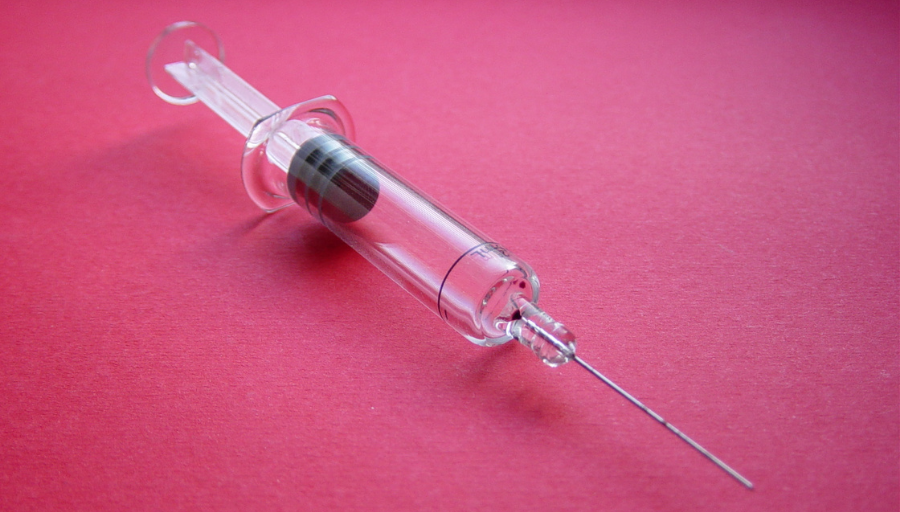 Testosterone Replacement Therapy (TRT) has surged in popularity as a treatment for men grappling with the effects of low testosterone levels, or “Low T.” The decision to pursue TRT is monumental—laden with questions about your health, age, and of course, finances. But within the complex topic of TRT costs lies a labyrinth of nuance that deserves unwinding. In this article, we will calculate the nitty-gritty of trt monthly cost dues and unveil the layers of expenses associated with this hormonal pursuit.
Testosterone Replacement Therapy (TRT) has surged in popularity as a treatment for men grappling with the effects of low testosterone levels, or “Low T.” The decision to pursue TRT is monumental—laden with questions about your health, age, and of course, finances. But within the complex topic of TRT costs lies a labyrinth of nuance that deserves unwinding. In this article, we will calculate the nitty-gritty of trt monthly cost dues and unveil the layers of expenses associated with this hormonal pursuit.
Understand the Underlying Costs
Before jumping into the dollar values, it’s crucial to dispel the notion that TRT expenses are solely linked to the price of the testosterone medication itself. The truth is, the cost extends far beyond the vial. Safeguarding your health with regular check-ups and necessary tests is vital. Doctor’s consultations, blood tests, and potential side-effect treatments all factor into the TRT monetary equation.
The Price of the Hormone
The most visible cost of TRT is the testosterone prescription. Several formats are available, including gels, injections, and patches, each with their own price points. Generic testosterone can be more financially feasible, yet some formulations are still costly, especially if they’re not covered by insurance.
Monitoring Your Health
Regular blood work is essential to ensure that your hormone levels are in check and to monitor any potential adverse effects of the therapy. Tests such as Complete Blood Count (CBC), PSA (for prostate health), and Hormone panels are common. The frequencies of these tests can vary by individual, but you can generally anticipate several tests in the first year alone, followed by biannual or annual check-ups.
Doctor’s Visits and Prescriptions
Consultation fees for an endocrinologist or urologist experienced in hormone therapy are to be expected. Being under the care of a specialized physician often incurs higher costs. Additionally, don’t forget to budget for other medications—like aromatase inhibitors or prescription HCG—that may be incorporated into your treatment plan.
Balancing Cost and Quality of Care
It might be tempting to cut corners and opt for the cheapest TRT options available, but this approach can be a financial and health risk. Low-cost clinics or online prescription services may seem economical at first glance, but they often lack the nuanced care and expertise that’s critical when managing hormonal balance. Mishandling TRT can lead to serious health complications, so attaining the right balance of cost and quality is essential.
The Insurance Factor
Determining your coverage for TRT is integral to managing costs. While some health insurance plans fully or partially cover TRT, others may not cover it at all. Check if your plan includes testosterone therapy, and if so, what it encompasses—medications, tests, or both. If you’re eligible for Medicare, navigating its policies related to TRT is also significant, as they have their own specific payment rules and regulations.
Beyond the Monthly Expense
Considering the long-term can give you a more comprehensive financial outlook on TRT. Over a year, the annual cost will likely surpass the sum of your monthly estimations. Thus, it’s critical to establish a sustainable budget and savings plan that takes into account the full scope of your TRT commitment.
Conclusion: Quality Comes at a Price
The adage “you get what you pay for” rings especially true in the context of TRT. While the monthly cost of testosterone itself may be tolerable, the accumulative expense of comprehensive care adds up rapidly. Prioritizing health should involve a thorough understanding and foresight regarding TRT costs. Seeking a balance between quality care, affordability, and sustainability will help ensure that you’re investing not just in your hormone levels, but in your overall well-being.

